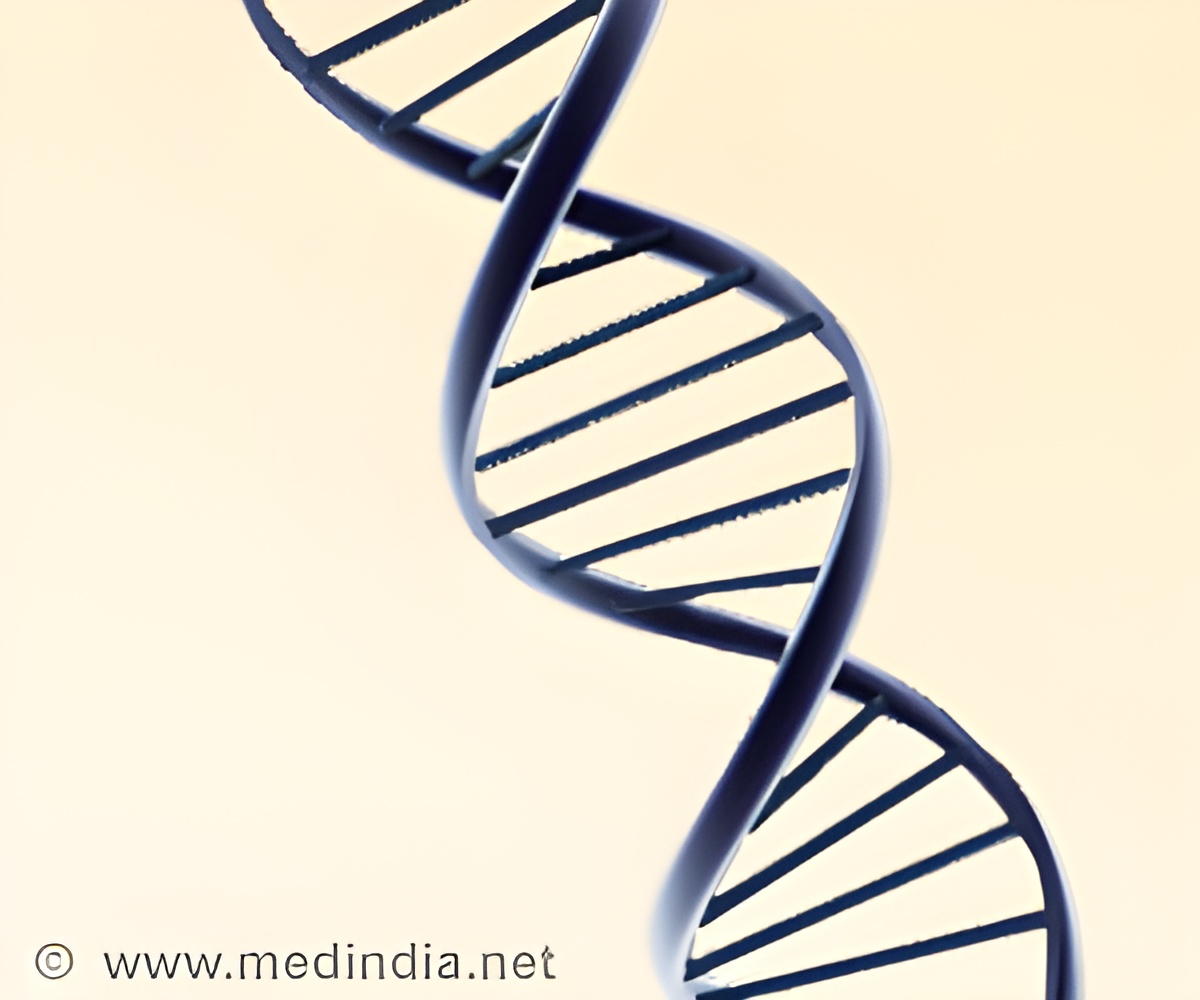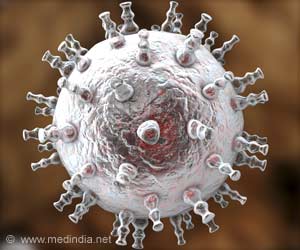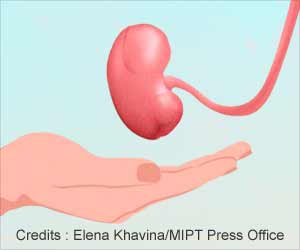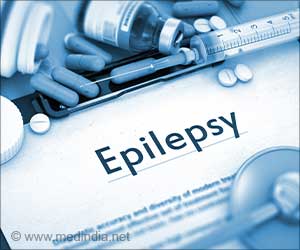Novel cellular messaging mechanism discovered can deliver therapeutics to tissues affected by disease in a new way and can improve public health.

‘Extracellular vesicle (EV) plays a major role in intercellular communication and the discovery of a new cellular messaging mechanism can deliver therapeutics directly to affected areas of the body.’





"EVs are like messages in a bottle between cells," said senior author Quan Lu, associate professor of environmental genetics and pathophysiology."We think that within the next few years, we may be able to swap the endogenous molecules in ARMMs for therapeutic cargos such as antibodies and to engineer ARMMs to home in on a particular tissue." The study will be published online in Nature Communications.
There are an estimated 37 trillion cells in the human body and 100 times that many EVs. They circulate in the blood and other bodily fluids and are involved in processes such as coagulation and the immune response. They can also be hijacked to spread cancer or viruses like HIV and Ebola.
EVs are generating a great deal of interest in the biotechnology field. Researchers believe that the molecules they carry include the fingerprints of disease and harmful environmental exposures. Work is already underway on developing a "liquid biopsy" to test EVs in a drop of blood.
Previous work by Lu's lab described the body's mechanism for producing ARMMs. Unlike other EVs, which are generated within cells, ARMMs are secreted directly from the plasma membrane at the cell's surface. Although the physiological function of ARMMs remains unknown, the way that they are made may make them uniquely suited to carry certain molecules.
Advertisement
According to the new findings, ARMMs are able to facilitate NOTCH receptor signaling at a distance.
Advertisement
While other researchers have explored using EVs to deliver therapeutics, directing them within the body has been an obstacle. Lu believes that ARMMs provide a way past that barrier, and he was recently awarded a patent for generating, isolating, and engineering ARMMs.
"It will likely be at least 10 years before we see these methods used in a clinical setting," Lu said. "But the path forward is clear."
The study's first author was Qiyu Wang, a research associate at Harvard Chan School. This study was supported in part by a National Institutes of Health R01grant (R01 HL114769) and by funding from the Blavatnik Biomedical Accelerator Fund.
Source-Eurekalert








